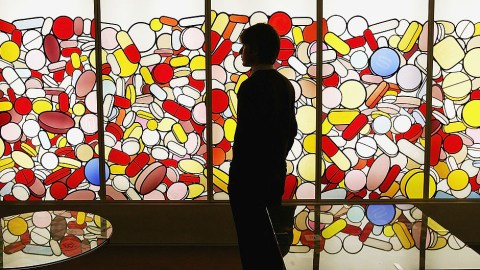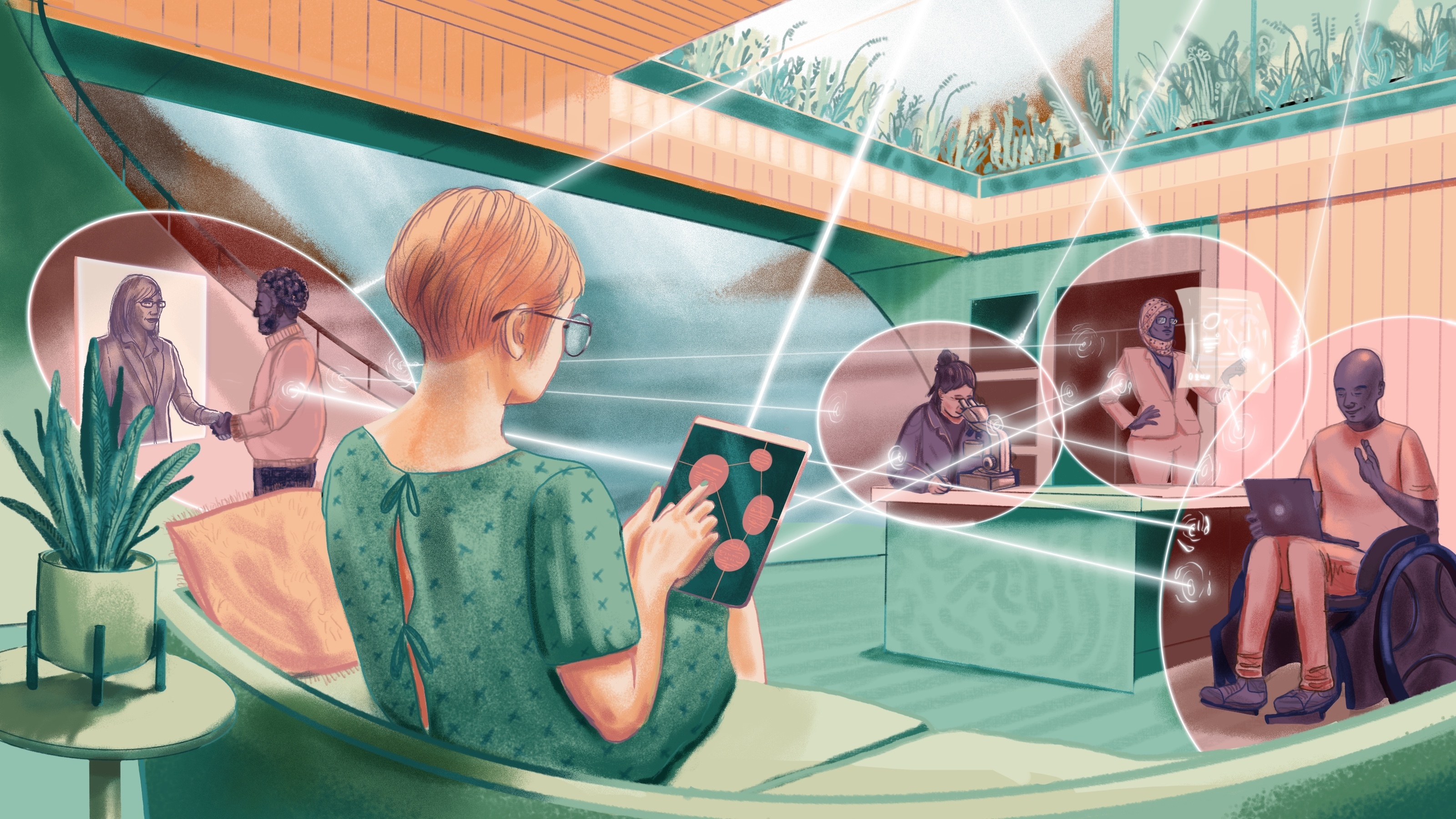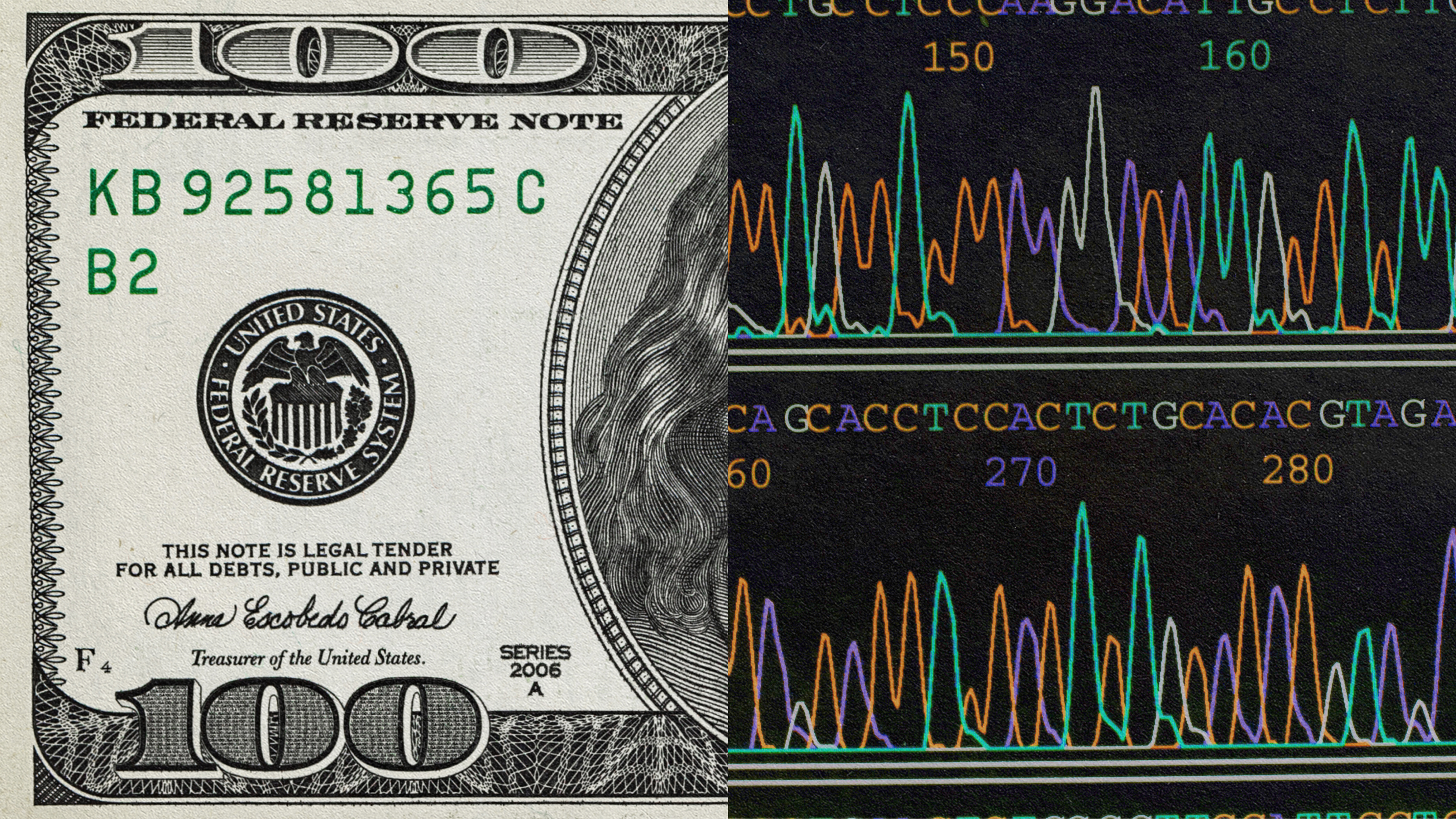Health Systems Rely on a Big Source of Unpaid Labor

There’s been a lot of changes over the past few years in the realm of healthcare. With the onset of the Affordable Care Act (ACA), signed into law in 2010, more than 10 million Americans were able to get insurance through it. So it does seem that there has been a lot of positive momentum in access to care. However, there’s still a lot of tough things about the American healthcare system overall, one of them being the connection between pharmacies and doctors.
Journalist Sarah Kliff talks about the challenge of getting those two entities to talk to one another. She describes how it can take days or more from the time when a physician writes a prescription and the time when one can actually go to the pharmacy and pick it up. In between are frequently many phone calls and back-and-forths that are managed by the patient. One way to think of all this work — and it truly is work — is as a source of unpaid labor for the healthcare industry.
Since the institution of ACA, doctors, pharmacies and insurers are supposed to be working more closely together to help resolve gaps in service. But it doesn’t always happen that way, and as a result, patients (and their families) end up putting in many hours to figure it all out. Or, they go without the healthcare they need, when other life issues become more pressing. That’s one of the reasons why Kliff explores the idea of better tracking of all that patient work, so that researchers and the government can understand the scale of the unpaid efforts.
When you take into account how debilitating some illnesses can be before challenges with accessing healthcare (take fibromyalgia for instance), you can see how people might slip through the cracks. A study to address these burdens might go a long way when it comes to streamlining care.
—
Header Image: Scott Barbour / Staff



